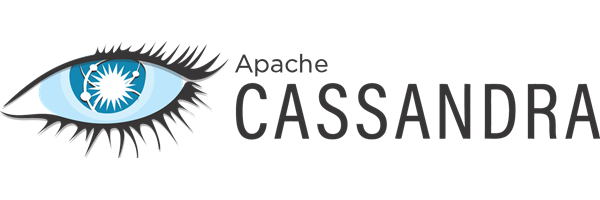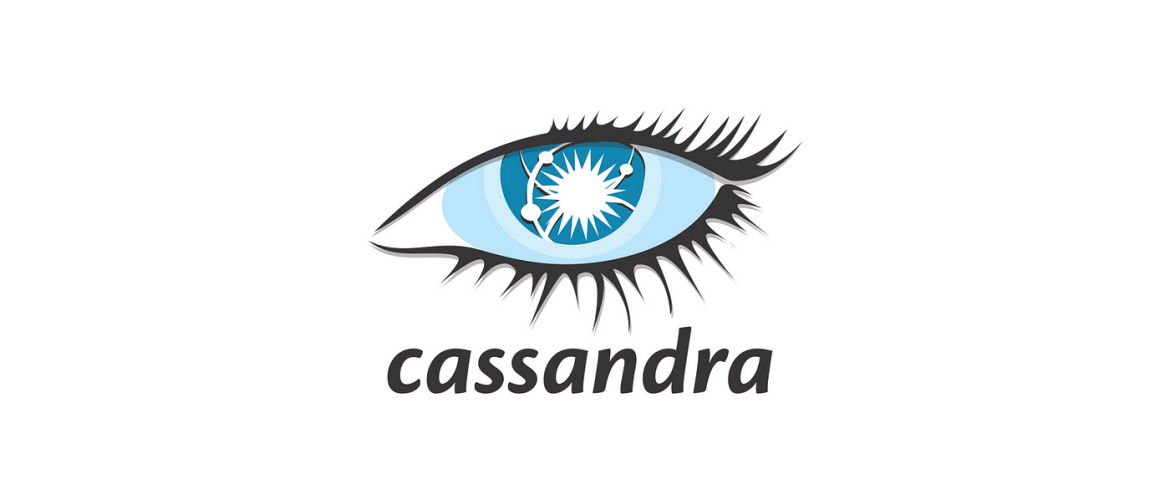Introduction
In the real of NoSQL databases, Apache Cassandra has gained significant popularity and recognition for its ability to handle massive amounts of data with high availability and fault tolerance. While there are various NoSQL options available, this blog aims to compare Apache Cassandra with other popular NoSQL databases, helping you make an informed decision for your specific use case.
MongoDB: MongoDB is a widely used document-oriented NoSQL database known for its flexibility and ease of use. Unlike Apache Cassandra, MongoDB follows a schema-less design, allowing for dynamic and ad-hoc changes. It is suitable for use cases that involve complex queries and frequent updates. However, Cassandra outperforms MongoDB in terms of scalability and availability, making it a better choice for applications that demand continuous uptime and scalability.
Redis: Redis is an in-memory key-value NoSQL database that excels in performance and enables high-speed data access. While both Apache Cassandra and Redis serve different use cases, they can complement each other in a distributed architecture. Cassandra provides the ability to handle massive datasets, and Redis can be used as a caching mechanism to enhance read performance. Together, they form a powerful combination, ensuring both scalability and responsiveness.
Amazon DynamoDB: As a fully managed NoSQL database by Amazon Web Services, DynamoDB offers automatic scaling, low-latency performance, and effortless scalability. Although DynamoDB shares some similar characteristics with Apache Cassandra, such as partitioning and replication, there are a few notable differences. Cassandra provides more control over the database setup and is highly suitable for on-premises or hybrid cloud environments, while DynamoDB is primarily a cloud-based solution with limited flexibility in architecture.
Couchbase: Couchbase is a distributed NoSQL database that combines the capabilities of both document-oriented and key-value stores. It offers features like auto-sharding, replication, and flexible data models. Like Apache Cassandra, Couchbase provides high scalability and availability. However, Cassandra’s architecture is optimized for write-intensive workloads, making it a better choice for applications that demand a massive number of writes.
Conclusion
Choosing the right NoSQL database depends on various factors like scalability, availability, performance, data model requirements, and deployment preferences. Apache Cassandra stands out as a powerful NoSQL solution, designed to handle massive amounts of data while ensuring high availability. However, each NoSQL database mentioned here offers unique features that cater to specific use cases. It is crucial to carefully evaluate your project requirements before making a final decision. Ultimately, the right choice will empower your applications to deliver optimal performance and scalability while keeping your data operations seamless and efficient.


